Our visit with Irish Tillage and Land Use Society (ITLUS) to Queensland began in Brisbane, from were we headed west towards Gatton and the Lockyer Valley.
There we met with Fiona Neville who works for Syngenta. She had organised this visit for us and she covers the smaller horticultural type crops in the region.
Indeed, that region is nearly 12 hours’ drive in every direction from her base.
Fiona took us to visit Hauser Farms, a 600-acre third-generation farm growing potatoes, carrots, pumpkins and mung beans.

Lachlan Hauser was growing two different crops of potatoes per annum.
The farm also produced barley, sorghum and field and cowpeas, all for fodder.
Our main interest on this farm was potato production, where Lachlan Hauser grows two crops per year.
He told us that the first crop is sown in March (our September) and the second crop is sown in June – both tend to be 120-day crops.
The March-sown crop will normally yield 12t to 15t/ac, while the June-sown crop would yield 15t to 22t/ac.
Rainfall and irrigation
Lachlan explained that the normal rainfall for that part of Queensland is about 22 inches per annum, but when the ITLUS group arrived in January 2020, he had only received 22 inches in total in the previous two years.
So access to water for irrigation is critical for his farming business and growers in the valley do not have water access restrictions, as long as it is available.

A shed on Hauser Farms with the rich black soil in the foreground.
Most of the irrigation water is taken from boreholes, but he can access water from the river in about three out of every 10 years.
He said that he would need 15in in the month that we visited to help recharge his whole water supply system.
However, things had not been so bad for him that year and, at that time, he was hoping for yields to be 85% to 90% of normal.
Fertile black soil
He explained that the land in the valley is a fertile black soil, with high production capability.
On the positive side, the soil type and fertility help to keep inputs down on this land. However, it also slows throughput and ne more difficult to work.
Soil pH is naturally low and Lachlan said it is very difficult to get it up to an optimum level that suits all crops in his rotation. His main liming agent is gypsum.
He commented that the land in the valley has now been cropped for about 110 years - it was naturally very fertile then and this is still the case.
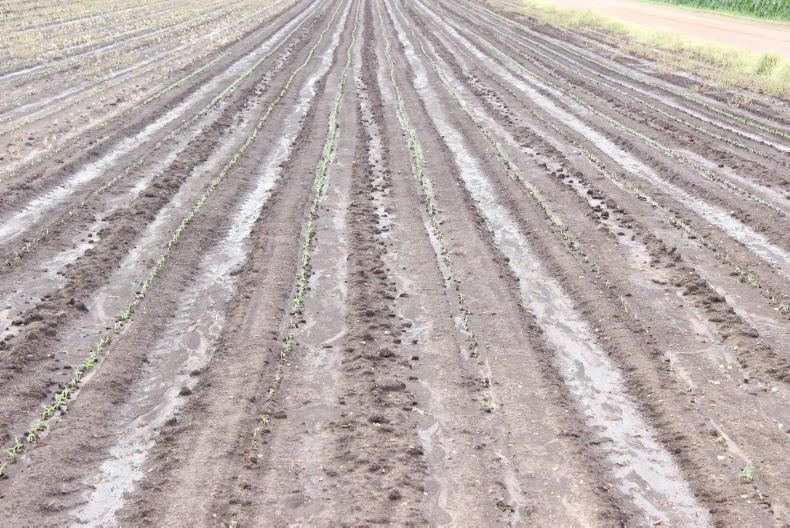
Mung beans were emerging five days post planting despite being sown at 2.5 inches deep.
He had recently planted a crop of mung beans in a field by the farm entrance. They were sown at 2.5in deep on a Monday and they had emerged by Friday of the same week. Irrigation was used to help make this happen.
Potatoes
His production system for potatoes is interesting and generally quite different to Ireland. The potatoes are mainly grown for processing into crisps and for use in ready meals.
Late blight is not an issue for potato production, but early blight (Alternaria) can be an issue. In general, potato crops receive one insecticide and three to four fungicide treatments.

The sprayer gets a lot of use and it has an unusual linkage with the pivot point half way between the rear tractor wheels and the sprayer wheels.
Potatoes are sown in drills, but there is no need for destoning because there are no stones in the land. However, he said that others in the area do have stones to contend with.
Potato price was around AUS$450/t (€286/t) when we visited, plus or minus bonuses, which frequently brought the value of the crop up to $600/t (€382/t).
So, it is hardly surprising that potatoes are his number one crop and he grows between 300 and 350 acres. Potatoes are sometimes grown back-to-back with a summer crop in between.
Rhizoctonia can sometimes be an issue, but wireworms are not a problem.
Seed can cost about $1,000 per acre (€636/ac) and it can cost up to $220/t (€140/t) to transport this seed from the Victoria/Southern Australia border where it is produced.
Land rental
Land rental price in the area at the time was between AUS$800 and up to $1,200 (€510 to €765) per acre per year.
This compared with a purchase price of between $18,000 and $30,000 (€11,500 to €19,100) per acre. Land prices in the area are driven by business-driven growers.
Fodder crops
Lucerne or alfalfa is grown for fodder and this will normally be grown for up to three years. This is normally followed by carrots.
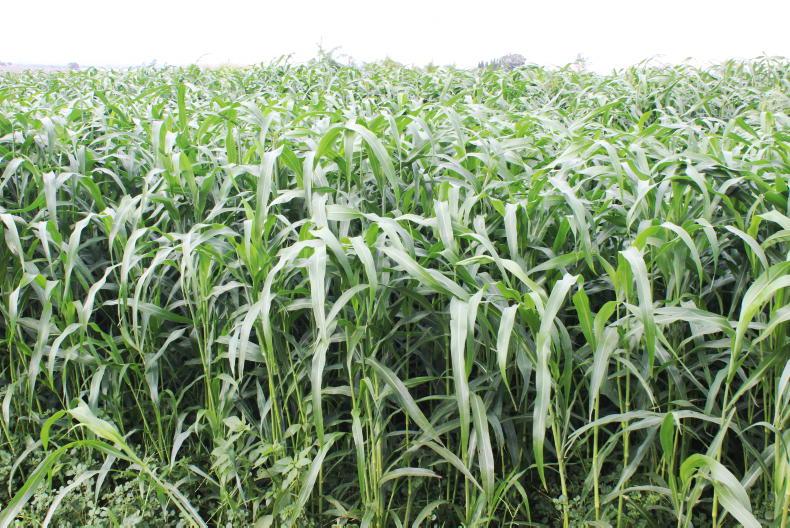
Sorghum is grown as a fodder crop.
Just before we visited, Lachlan had purchased a McHale baler and all the silage he produces is now baled.
He also grows barley and sorghum for silage. All the fodder that he produces is sold to local dairy farmers.
Our visit with Irish Tillage and Land Use Society (ITLUS) to Queensland began in Brisbane, from were we headed west towards Gatton and the Lockyer Valley.
There we met with Fiona Neville who works for Syngenta. She had organised this visit for us and she covers the smaller horticultural type crops in the region.
Indeed, that region is nearly 12 hours’ drive in every direction from her base.
Fiona took us to visit Hauser Farms, a 600-acre third-generation farm growing potatoes, carrots, pumpkins and mung beans.

Lachlan Hauser was growing two different crops of potatoes per annum.
The farm also produced barley, sorghum and field and cowpeas, all for fodder.
Our main interest on this farm was potato production, where Lachlan Hauser grows two crops per year.
He told us that the first crop is sown in March (our September) and the second crop is sown in June – both tend to be 120-day crops.
The March-sown crop will normally yield 12t to 15t/ac, while the June-sown crop would yield 15t to 22t/ac.
Rainfall and irrigation
Lachlan explained that the normal rainfall for that part of Queensland is about 22 inches per annum, but when the ITLUS group arrived in January 2020, he had only received 22 inches in total in the previous two years.
So access to water for irrigation is critical for his farming business and growers in the valley do not have water access restrictions, as long as it is available.

A shed on Hauser Farms with the rich black soil in the foreground.
Most of the irrigation water is taken from boreholes, but he can access water from the river in about three out of every 10 years.
He said that he would need 15in in the month that we visited to help recharge his whole water supply system.
However, things had not been so bad for him that year and, at that time, he was hoping for yields to be 85% to 90% of normal.
Fertile black soil
He explained that the land in the valley is a fertile black soil, with high production capability.
On the positive side, the soil type and fertility help to keep inputs down on this land. However, it also slows throughput and ne more difficult to work.
Soil pH is naturally low and Lachlan said it is very difficult to get it up to an optimum level that suits all crops in his rotation. His main liming agent is gypsum.
He commented that the land in the valley has now been cropped for about 110 years - it was naturally very fertile then and this is still the case.

Mung beans were emerging five days post planting despite being sown at 2.5 inches deep.
He had recently planted a crop of mung beans in a field by the farm entrance. They were sown at 2.5in deep on a Monday and they had emerged by Friday of the same week. Irrigation was used to help make this happen.
Potatoes
His production system for potatoes is interesting and generally quite different to Ireland. The potatoes are mainly grown for processing into crisps and for use in ready meals.
Late blight is not an issue for potato production, but early blight (Alternaria) can be an issue. In general, potato crops receive one insecticide and three to four fungicide treatments.

The sprayer gets a lot of use and it has an unusual linkage with the pivot point half way between the rear tractor wheels and the sprayer wheels.
Potatoes are sown in drills, but there is no need for destoning because there are no stones in the land. However, he said that others in the area do have stones to contend with.
Potato price was around AUS$450/t (€286/t) when we visited, plus or minus bonuses, which frequently brought the value of the crop up to $600/t (€382/t).
So, it is hardly surprising that potatoes are his number one crop and he grows between 300 and 350 acres. Potatoes are sometimes grown back-to-back with a summer crop in between.
Rhizoctonia can sometimes be an issue, but wireworms are not a problem.
Seed can cost about $1,000 per acre (€636/ac) and it can cost up to $220/t (€140/t) to transport this seed from the Victoria/Southern Australia border where it is produced.
Land rental
Land rental price in the area at the time was between AUS$800 and up to $1,200 (€510 to €765) per acre per year.
This compared with a purchase price of between $18,000 and $30,000 (€11,500 to €19,100) per acre. Land prices in the area are driven by business-driven growers.
Fodder crops
Lucerne or alfalfa is grown for fodder and this will normally be grown for up to three years. This is normally followed by carrots.

Sorghum is grown as a fodder crop.
Just before we visited, Lachlan had purchased a McHale baler and all the silage he produces is now baled.
He also grows barley and sorghum for silage. All the fodder that he produces is sold to local dairy farmers.









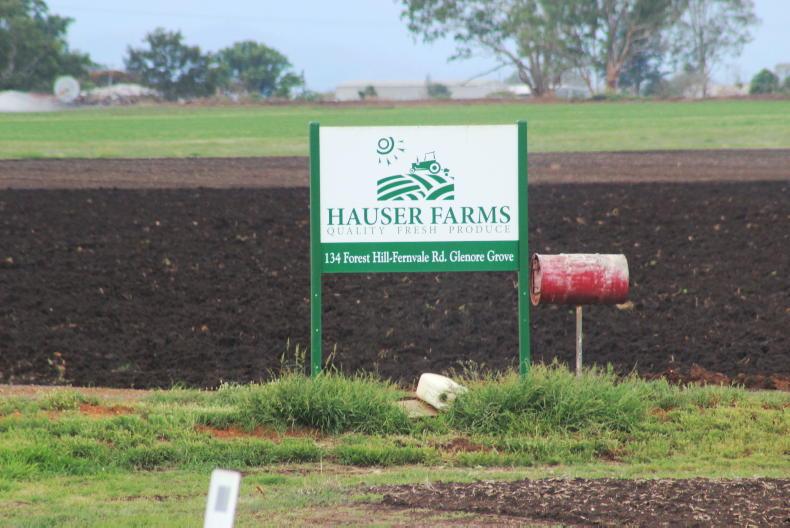
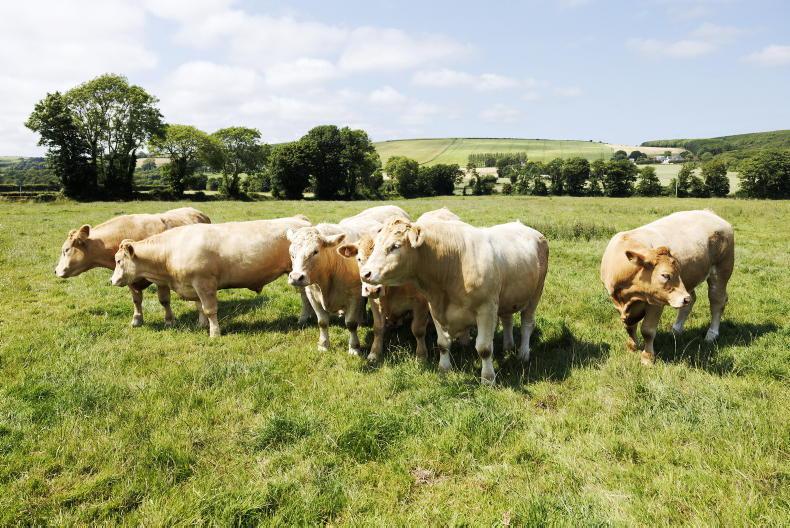

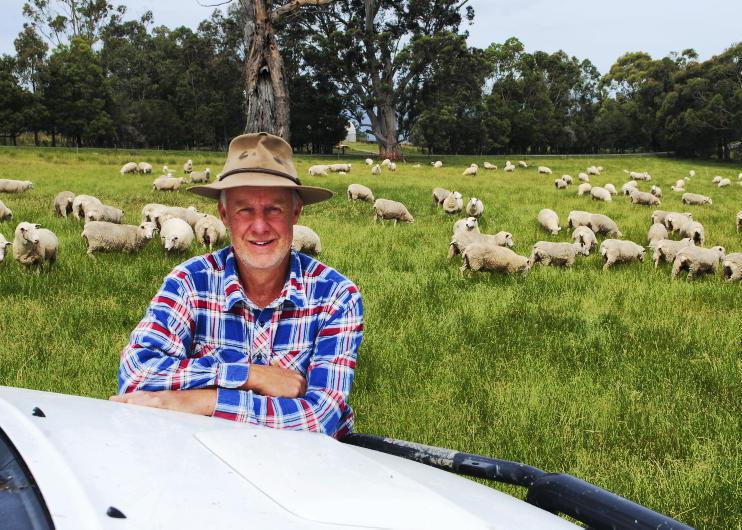

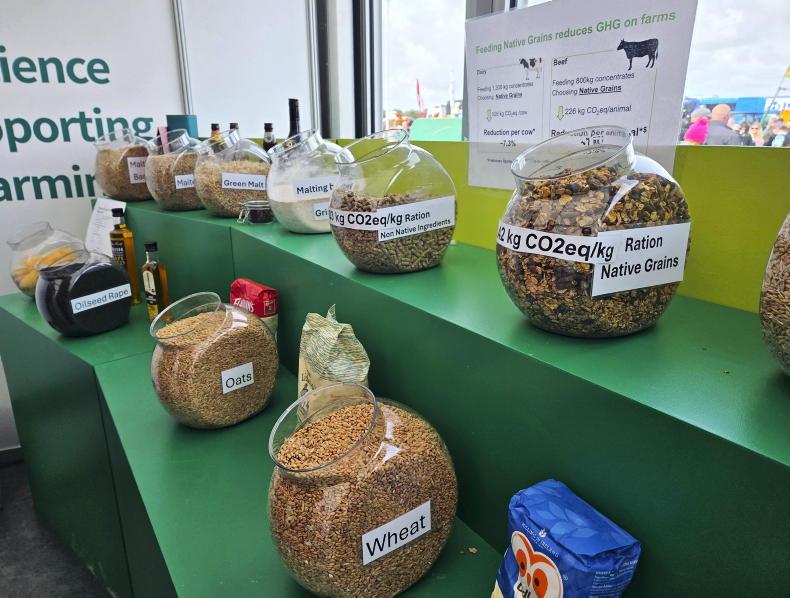
SHARING OPTIONS